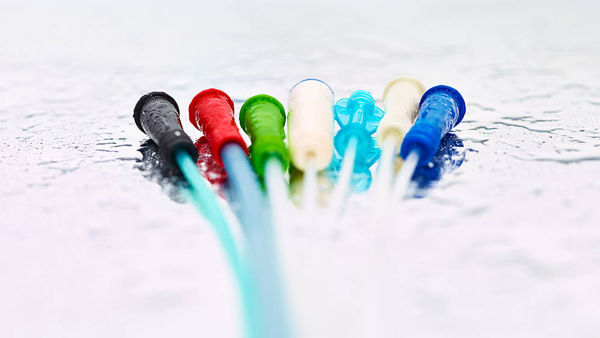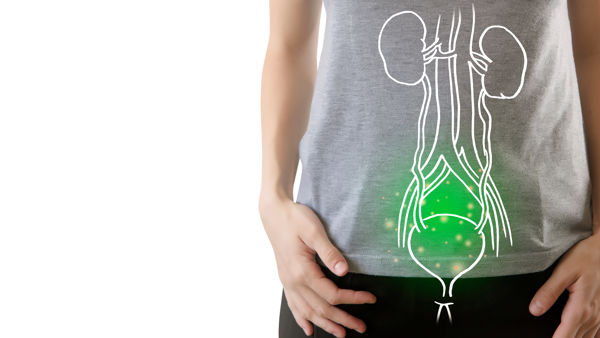Kurstema: Blåsa Alla katetrar är inte likadana
RIK kräver en del engagemang från patienten och det finns de som slutar med terapin. Patienterna behöver vara välmotiverade, ha fått god introduktion, kateter som är individuellt utprovad och som förhindrar komplikationer. Katetrar där ytan har en osmolalitet i balans med urinen är nyckeln till att reducera friktionen när katetern förs in och dras ut. LoFric har snart funnits i 40 år på marknaden och har dokumenterad förmåga att effektivt tömma blåsan helt och reducera komplikationer, som till exempel hematuri och UVI, även vid långtidsanvändning.





